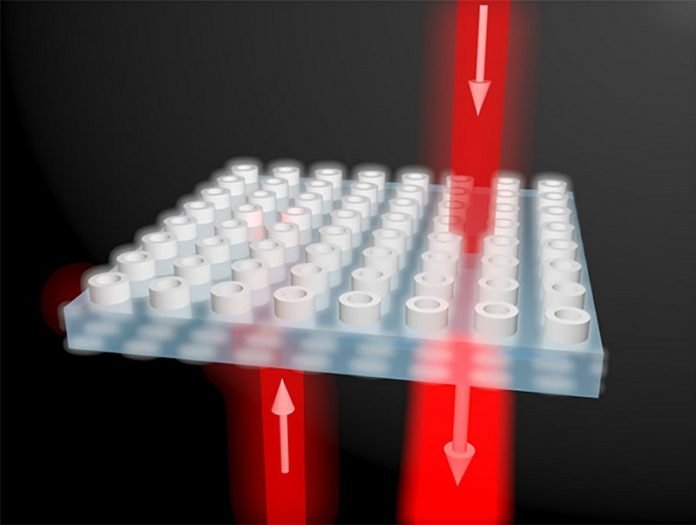
The breakthrough makes a significant step forward in photonics and microwave technology by eliminating the need for bulky magnets.
An international research team lead by Aalto University has found a new and simple route to break the reciprocity law in the electromagnetic world, by changing material properties periodically in time.
The breakthrough could help to create efficient nonreciprocal devices, such as compact isolators and circulators, that are needed for the next generation of microwave and optical communications systems.
When we look through a window and see our neighbour on the street, the neighbour can also see us. This is called reciprocity, and it is the most common physical phenomenon in nature.
Electromagnetic signals propagating between two sources is always governed by reciprocity law: if the signal from source A can be received by source B, then the signal from source B can also be received by source A with equal efficiency.
Researchers from Aalto University, Stanford University, and Swiss Federal Institute of Technology in Lausanne (EPFL) have successfully demonstrated that the reciprocity law can be broken if the property of the propagation medium periodically changes in time.
Propagation medium refers to a material in which light and electromagnetic waves survive and propagate from one point to another.
The team theoretically demonstrated that, if the medium is shaped into an asymmetric structure and its physical property varies globally in time, the signal generated by source A can be received by source B but not the other way around.
This creates a strong nonreciprocal effect, since the signal from Source B cannot be received by source A.
‘This is an important milestone in both the physics and engineering communities.
We need one-way light transmission for a variety of applications, like stabilising laser operation or designing future communication systems, such as full-duplex systems with increased channel capacity,’ says postdoctoral researcher Xuchen Wang from Aalto University.
Previously, creating a nonreciprocal effect has required external magnets biasing, which makes devices bulky, temperature unstable, and sometimes incompatible with other components.
The new findings provide the simplest and most compact way to break electromagnetic reciprocity, without the need of bulky and heavy magnets.
‘Such “time-only” variations allow us to design simple and compact material platforms capable of one-way light transmission and even amplification,’ Xuchen explains.
The results are reported in Physical Review Letters on 22 December 2020.



